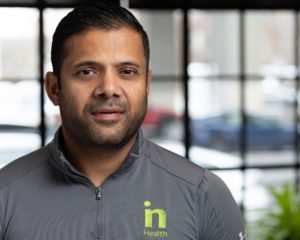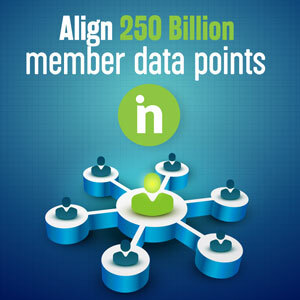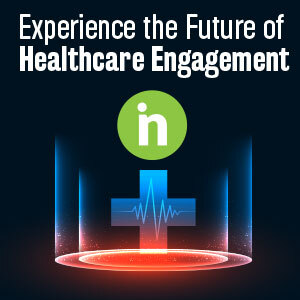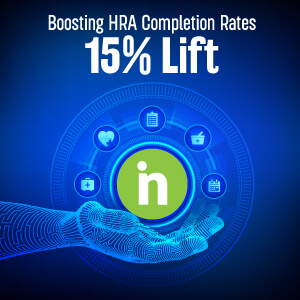Healthcare Musings: Improve Health Equity through Connecting Data

October 2022 – There is something missing in healthcare industry conversations today – rarely is there any mention of the individual health plan member. It is all about segments, cohorts, and profiles. The person gets lost in all the strategizing.
In those discussions, members are referred to in the aggregate – as consumers who determine Medicare Advantage (MA) Star ratings, as customers who have left one plan for another, or as targets to acquire.
All healthcare consumers are individuals with highly specific needs, desires, and challenges.
That is a key reason many have welcomed the new Framework for Health Equity from the Centers for Medicare & Medicaid Services (CMS). It is more comprehensive than the previous 2015 plan with a new 10-year approach to infuse equity considerations into not just Medicare, but all the agency’s programs. The new framework sets five initiatives to improve health equity:
- Expand the collection, reporting, and analysis of standardized data
- Assess causes of disparities within CMS programs and address inequities in policies and operations to close gaps
- Build capacity of healthcare organizations and the workforce to reduce health and healthcare disparities
- Advance language access, health literacy and the provision of culturally tailored services
- Increase all forms of accessibility to healthcare services and coverage
These initiatives are important because they recognize the obstacles that block people from accessing healthcare, including health illiteracy, language, transportation, and food and housing insecurity. Members with transportation barriers are 70% more likely to miss doctor appointments while those under financial strain and those with food insecurities have 9.3% gap rates for doctor appointments. Additionally, Spanish-speaking members are 75% more likely to have difficulties setting up appointments.
The CMS initiatives call for removing these barriers by treating members as individuals, not as aggregate populations, and by recognizing that the best solution to these problems is a personalized approach. It is also a step forward for CMS, which has had to balance its primary responsibilities as a funder and administrator with being an agent for necessary change. With its hands on so many levers and with access to so much money and data, the agency is using its influence to push progress. The new Framework for Health Equity, much like CMS’ decision to increase the weighting of member experience in determining MA Star ratings, helps to focus the healthcare industry on the fundamental question of how we help people to become healthy. Data is the answer if we utilize it correctly.
This might sound like heresy in 2022, but healthcare has all the data needed to solve many equity problems. There are enormous stockpiles of data, and more is accumulated every minute. In most instances, health plans have the data they need to make next best action recommendations to their members.
The problem is that data is scattered across the digital landscape, tucked away in separate silos, and owned by different organizations such as payers, providers, and government agencies. The data is not easily accessible to the people who need it to make real-time decisions which makes it difficult to communicate as openly as necessary.
The answer to this problem is not to build more silos, but rather to standardize and connect the data we have and make it possible for providers, payers, and others to access the information in real-time so they can determine the next best action for members.
Ridesharing is a great example of this approach. Lyft and Uber took off when innovative thinkers decided to solve the problem of providing inexpensive, on-call transportation using only existing resources. They realized there were millions of cars going largely unused with owners who might want to make some extra cash. Lyft and Uber did not build a new fleet of taxis; they devised a way to put the riders in touch with the drivers, and forever changed transportation.
Similarly, there are existing programs, both private and government-run, that assist people who need food, transportation, shelter, and translation services. But members cannot get help it if they do not know these resources exist or how to access them. Payers and providers cannot connect members to resources if they do not know they are needed. Connected data available in real-time makes it easier for those in need of help to access that aid and to map out personalized healthcare journeys for individuals.
Right now, data is being collected by many different sources, even within single healthcare organizations. For example, an MA payer is likely to have multiple internal teams running its programs and gathering data. Imagine how much more complex things become when data is collected, but not shared across the healthcare supply chain. It creates inefficiencies that would not exist if our data were better connected. Ultimately, it gets in the way of providing needed care.
To illustrate how challenges related to sharing data create inefficiencies, consider the Health Risk Assessment (HRA), which is a valuable tool to understanding a member’s needs and health status. MA plans invest considerable time and money outreaching to their membership across multiple channels to collect HRA information. They want their members to complete the questionnaires so they can gauge their health status, however, many of those members answer identical questions during their annual wellness visits. Sharing the information gathered at the doctor’s office with the MA plan not only saves payers time and money, but it also allows plans to invest their resources in addressing problems identified in the HRA.
With the momentum created by CMS initiatives, the healthcare industry will continue to standardize data and make it more sharable and easily accessible among the various sectors. This will lead to the creation of a connected data ecosystem in which payers have the real-time information they need to take next best actions on behalf of their members. And, connected data enables health plans to understand and engage members as individuals, not aggregates.
About the Author
Enam Noor is founder and CEO of Insightin Health, a Baltimore-based healthcare SaaS firm that helps healthcare payers eliminate data silos and deliver satisfying consumer-centric experiences.




Leave a Reply